Being a zookeeper was always on my list of ‘things I’d liketo do when I grow up’. So, when I was offered the chance to be a keeper for the day at Paignton Zoo, I jumped at the chance.

Keeper experiences at Paignton start an hour before the zoo opens to the public, which gives you a real taste of the hard work that goes on behind the scenes. The zoo is a hive of activity with vehicles driving around delivering feed and bedding to the various enclosures.
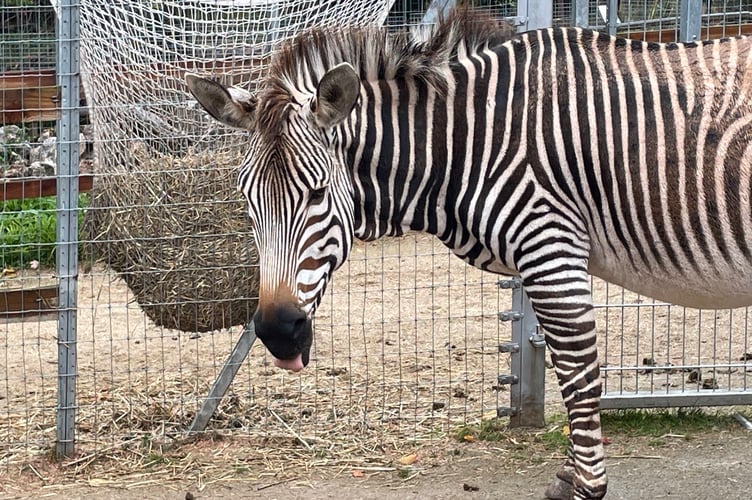
We started with the less glamorous side of zookeeping: clearing up zebra poo – and there seemed to be a lot! I set to work filling a wheelbarrow before bundling hay into nets for the zebras’ morning feed.
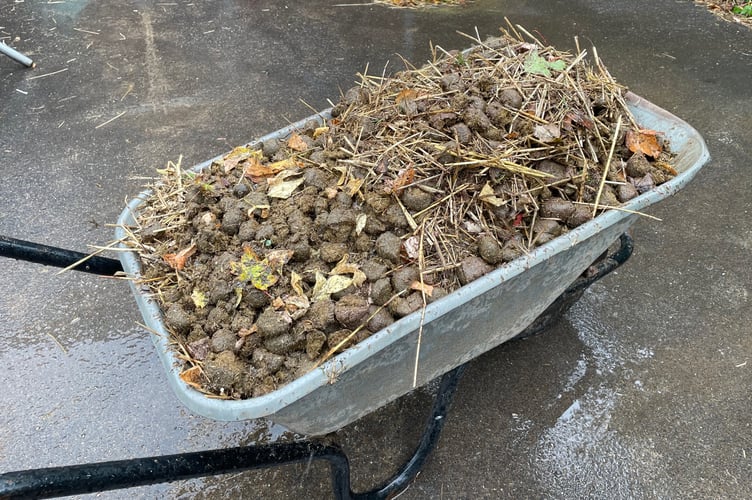
Next door, we offered the giraffes some tall branches of their favourite leaves for breakfast. The zoo hopes to eventually house both zebras and giraffes in an enlarged enclosure together, to better replicate how they would interact in the wild.

Inside the giraffe house, I bumped into a couple who have been volunteering at the zoo for over 20 years. As well as loving animals, they cited the friendliness of the staff as a reason for their longevity.
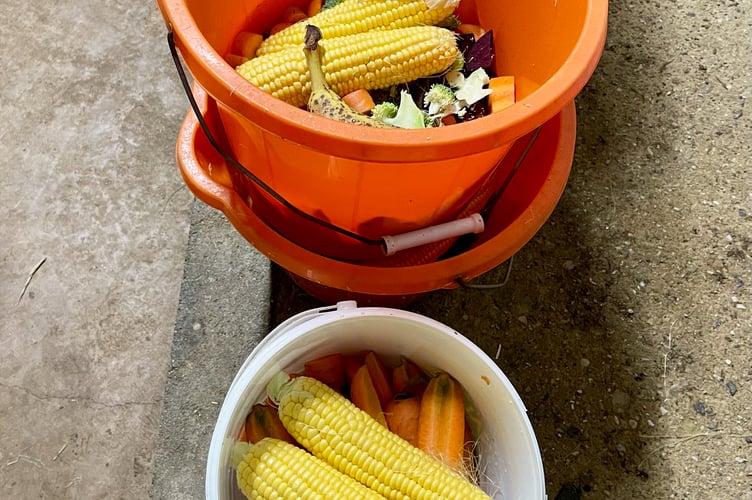
After taking a bucket of vegetables, prepared by the volunteers I’d just met, to feed the Red River Hogs, it was time for me to enjoy a well-earned breakfast bap.
In the restaurant I chatted to customer relations manager Delia Sinclair who explained that Paignton, like many zoos, is facing financial pressures with increased costs and lower footfall thanks to Covid, Brexit and the cost-of-living crisis. Paignton Zoo is part of the Wild Planet Trust charity and depends on visitors and donations to maintain its vital conservation work.

The charity has big plans. Along with the Crocodile Swamp, which the zoo hopes to reopen soon, the iconic Baboon Rock is also on the improvement list with a new enclosure being built near the giraffe house.
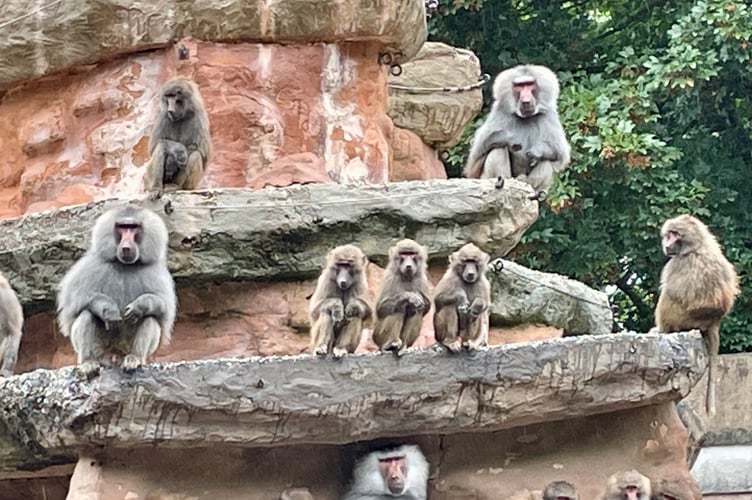
Being a keeper for the day is not just about feeding animals and clearing up poo. Enrichment is important and my next job was to make ice lollies from vegetables and fruit squash for the monkeys to enjoy later.
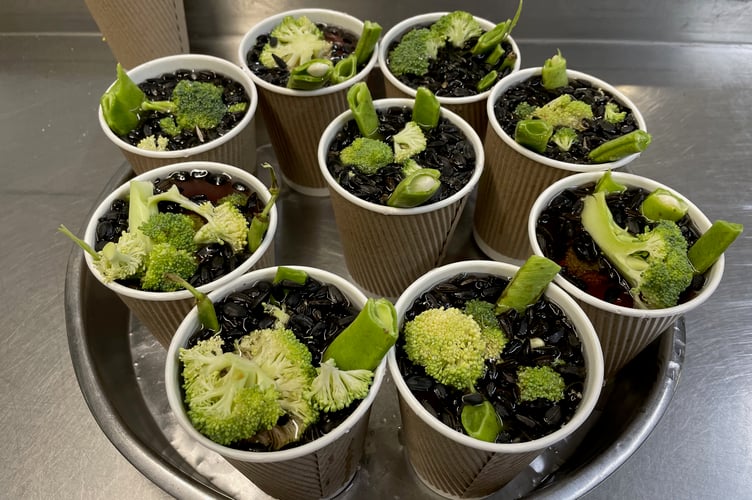
The monkey house is one area that has benefited from recent investment with a new walkway and heating system installed. The area is now so cosy that the Diana monkeys – named after the Roman Goddess and not Princess Di – took some persuasion to come out for their lunch.

Not all animals at the zoo eat fruit and veg. Some eat live food! Picking crawling crickets out of a tub to feed the meerkats was a little outside my comfort zone, but their evident enjoyment made it all worthwhile.
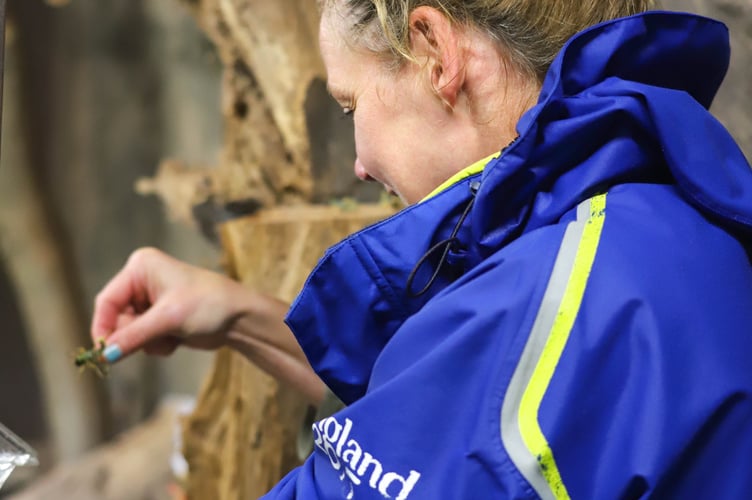
With so many animals to care for across its 80-acre site, Paignton Zoo has its very own fully equipped vet centre and I looked around before my final zookeeper job: handfeeding the Lemurs with sweetcorn (their favourite), beetroot and pepper from my hand.
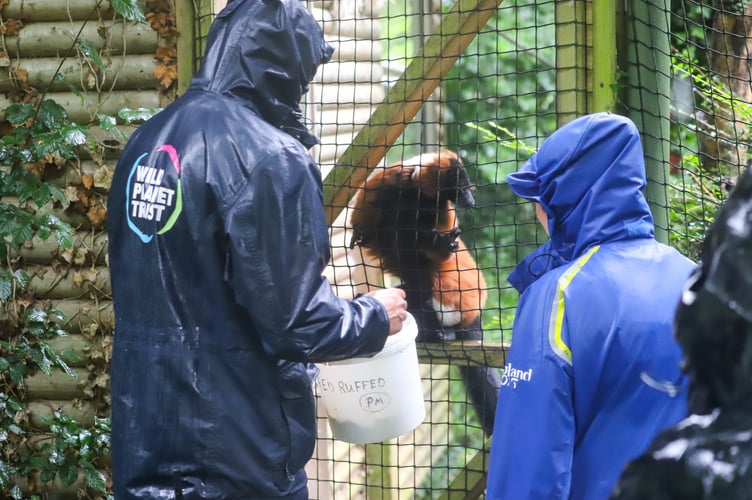
With so many ideas and such dedicated staff, Paignton Zoo really deserves a secure future. Being a keeper for the day gave me a huge insight into the effort it takes to keep the charity going. We are so lucky to have such an amazing conservation attraction on our doorstep, but if we don’t support our zoo, it’s destiny could be in jeopardy.



